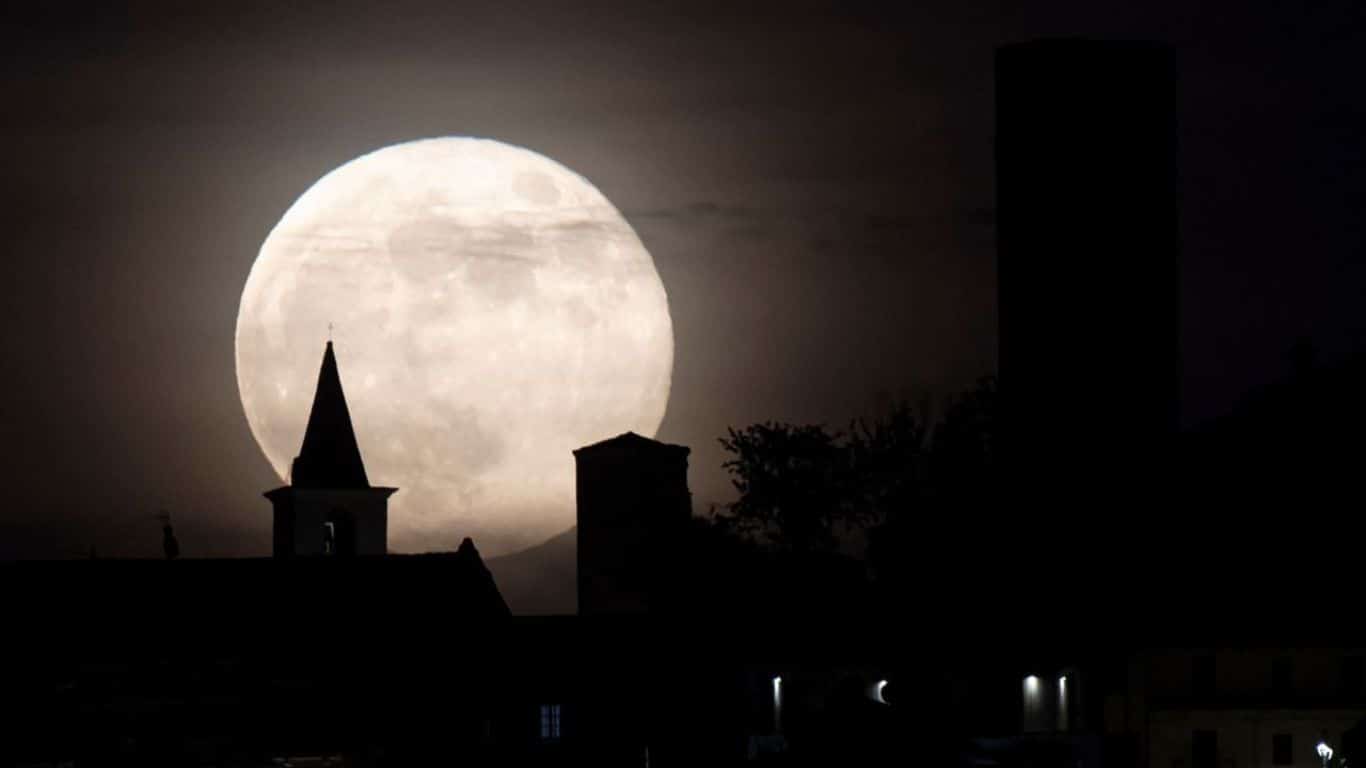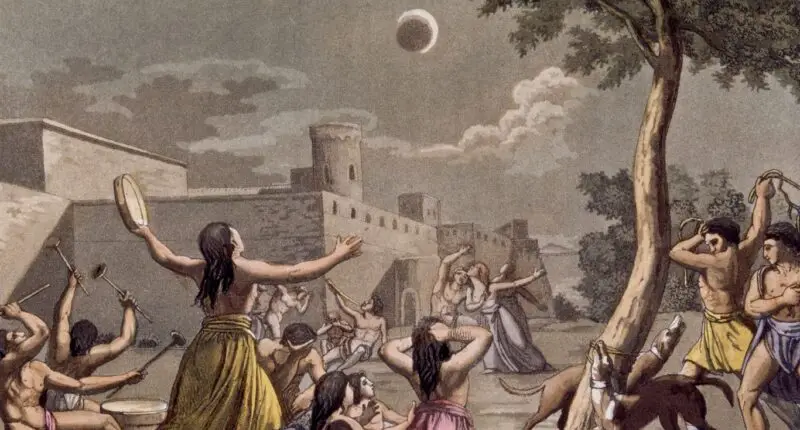There’s just something about the moon that stirs our imagination. As it casts its soft glow on a quiet night, our minds can’t help but wander to the countless stories and legends that surround it. Throughout history, diverse cultures have created their own myths and folklore to explain the mysterious allure of the moon, as well as its phases and the impact it has on our lives. In this article, we’ll take a closer look at the Importance of the Moon in Mythology and Folklore around the world. We’ll examine its significance as a symbol, as an embodiment of powerful deities, and as the inspiration for captivating tales that continue to enchant us to this day.
The Significance of Moon in Different Mythologies
The moon has played a significant role in the mythology and folklore of many cultures throughout history. Here are some examples of the moon’s significance in different mythologies:

- Greek Mythology: In Greek mythology, the moon goddess is Artemis, who is associated with hunting, wild animals, and childbirth. She is often depicted with a crescent moon on her forehead.
- Roman Mythology: In Roman mythology, the moon goddess is Luna, who is associated with the night and is often depicted driving a chariot across the sky.
- Hindu Mythology: In Hindu mythology, the moon god is Chandra, who is associated with beauty, love, and the feminine. He is often depicted with a white horse and is believed to be the son of the god of creation.
- Chinese Mythology: In Chinese mythology, the moon goddess is Chang’e, who is associated with the moon and is believed to have lived there. She is often depicted with a rabbit, which is said to be her companion.
- Japanese Mythology: In Japanese mythology, the moon god is Tsukuyomi, who is associated with the night and is often depicted with a sword. He is believed to have been born from the eye of the creator god.
- Native American Mythology: In Native American mythology, the moon is often associated with female energy and fertility. The Cherokee tribe believed that the moon was inhabited by a powerful spirit named Selu, who created the first humans.
Symbolism and Significance of Moon in Various Cultures
The moon has held great symbolism and significance in various cultures throughout history. In Chinese culture, the moon is a symbol of harmony, peace, and unity. The Mid-Autumn Festival, also known as the Moon Festival, is a celebration of family reunions and the harvest, and is closely associated with the moon. Similarly, in Japanese culture, the moon is seen as a symbol of beauty and elegance. The concept of “tsukimi” or moon viewing is a popular pastime during the autumn months.

In Hindu culture, the moon is associated with romance and love. The festival of Karwa Chauth, which celebrates the bond between husband and wife, is closely associated with the moon. Additionally, in Celtic culture, the moon is associated with femininity and the divine feminine. The triple moon symbol, which represents the three phases of the moon (waxing, full, and waning), is often used in Celtic art and mythology.
In Islamic culture, the moon is a symbol of God’s power and is closely associated with the lunar calendar used to determine the dates of religious events. The crescent moon is a prominent symbol in Islamic art and architecture, often representing the Muslim faith. Similarly, in Native American culture, the moon is associated with feminine energy and the cycles of life. The full moon is often seen as a time of transformation and spiritual growth.
Evolutions of The Stories & Modern Myths Around The Moon
The stories and myths surrounding the moon have evolved over time, with new modern myths emerging alongside advances in science and technology. The Apollo moon landing in 1969 marked a significant moment in human history and inspired new myths and legends. Some people believe that the landing was faked and that the U.S. government staged it as part of a conspiracy. Others see the moon landing as a symbol of human achievement and exploration.
With the prospect of moon colonization becoming more realistic, new myths and stories have emerged about what life on the moon might look like. Science fiction novels and films have explored the idea of lunar colonies and the challenges that humans would face in living on the moon. These stories capture the imagination of people around the world and inspire new ideas about what the future might hold.

The moon has long been associated with stories of alien life and visitors from other planets. Some people believe that there are alien bases on the dark side of the moon and that the government is covering up evidence of extraterrestrial life. These myths and stories often reflect our fascination with the unknown and our desire to explore the mysteries of the universe.
The idea of werewolves transforming under the light of the full moon is a popular myth in Western culture. While there is no scientific evidence to support the existence of werewolves, the myth continues to capture the imagination of people around the world. This myth reflects our fascination with the supernatural and the power of the moon to inspire wonder and fear.
Finally, the moon’s influence on human emotions and behavior has long been a topic of interest in mysticism and astrology. Some people believe that the full moon can affect human behavior and lead to increased aggression and violence. While there is no scientific evidence to support these claims, the moon’s enduring mystery and significance in human history and culture continue to inspire new stories and myths.
Overall, the stories and myths surrounding the moon reflect our fascination with the unknown and our desire to explore the mysteries of the universe. Whether rooted in science or fiction, these stories remind us of the enduring power of the moon to inspire wonder, fear, and curiosity.
Also Read: Exploring The Origins and Importance of The Zodiac Signs



